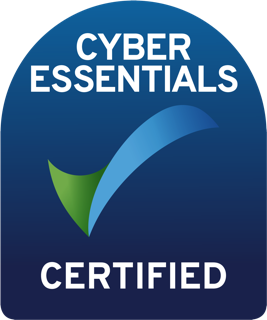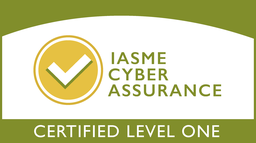Why is employee recognition mostly overlooked?
We all know that employee recognition is crucial to productivity and the wellbeing of your employees and good organisational health.
Happy employees benefits individual wellness, productivity, retention and engagement and generally leads to happy customers to.
So why is it that employee recognition is so often taken for granted or completely overlooked?
Many things are at play here. For starters, with the shift in working patterns post-covid, hybrid working and working from home, organisations have had to adapt to finding new and inclusive ways for teams to collaborate. However, if we are not careful we can end up with a rose-tinted view of how our employees are feeling from a leadership perspective.
Subtle signals of discontent can often be spotted more easily face to face – body language conveys so much, yet over a zoom call this is often harder to interpret. Employees may feel more reluctant to speak up in the virtual world and often the quiet personalities can go unnoticed.
The impact of changes to the way we work
Gone are the water cooler moments where people can chat about the latest must-see Netflix series, how their team are doing in the league, latest topical news or let off a bit of steam. When it’s back-to-back meetings online, it can be hard to get this balance right.
If this all sounds familiar, you are not alone – and luckily there are some easy quick wins to get you back on track – starting with engaging your employees and giving them some recognition.
How to show employee recognition
The quickest way to make employees feel valued is often the easiest – via direct recognition from a manager. A simple “thank you” is sometimes all it takes. Recommended read (5 mins) The Power of Employee Appreciation Recognition for five simple ways to provide employee recognition.
Conducting an employee recognition survey will help you understand what you need to do to enhance your organisational culture; To cement your position as that of an organisation people are proud to be a part of – and future recruits are attracted to as a great place to work.
If you are running a survey, one of the most common mistakes we see is not structuring your survey format and questions in a way that you can easily analyse the results. The best way is to create a template questionnaire, structure your questions and stick to it – consistency is key.
If you chop and change scales this can makes analysis harder to decipher. You can always add in a few free text fields for your people to expand on their thoughts.
Not everyone will feel comfortable sharing their experiences, but even a few insights here will quickly give you the context to measure and improve going forward.
11 Questions to ask in an employee recognition survey
Happy employees are found to be 13% more productive. We have created a useful guide to help you ask the right questions and how to structure them to gain insights to improve your organisational culture.
Get into the habit of saying thank you in the first instance, then implement a regular process for collecting feedback on how you are doing.
1. Carry out regular employee engagement surveys
2. Analyse the results, spot trends, communicate the results.
3. Introduce improvements – make sure you follow up and act on any feedback received – build continuously.
Download our Guide here: Employee Appreciation Survey Guide





